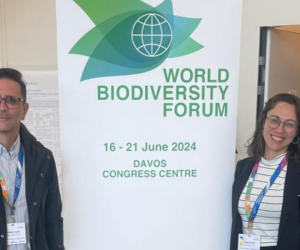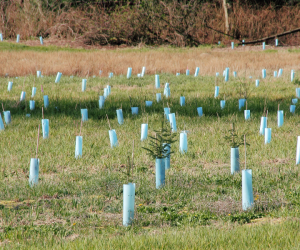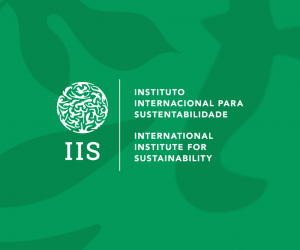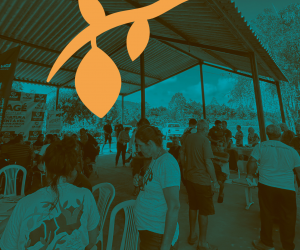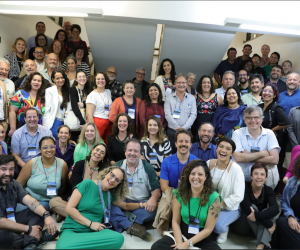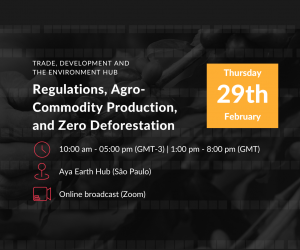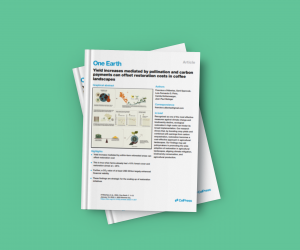Amazon 2030
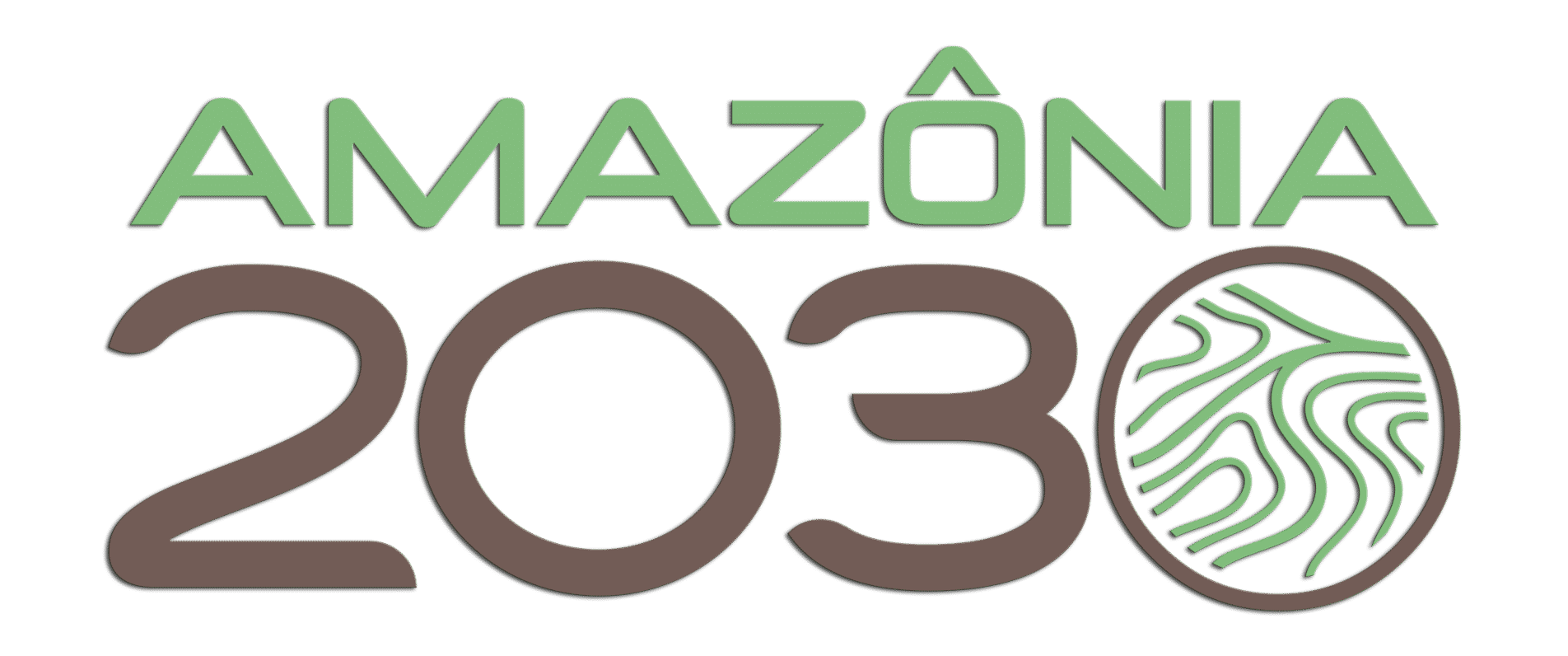
Given the importance and urgency of actions aimed at overcoming global challenges such as mitigating climate change and the biodiversity crisis, the period from 2021 to 2030 was declared the Decade of Ecosystem Restoration by the United Nations.
Due the high rates of annual deforestation and the potential for natural regeneration in landscapes that are still mostly conserved, forest recovery in the Amazon stands out as an urgent agenda to be implemented. The agenda must also consider an integrated landscape management approach, including combating deforestation and forest degradation, as well as the adoption of good agricultural practices. In Brazil, the goal is to recover 12 million of native vegetation in all biomes by 2030, according to the National Plan for the Recovery of Native Vegetation (PLANAVEG).
The Amazon 2030 project is an initiative by Brazilian researchers to develop an action plan for the Brazilian Amazon that aims to provide conditions for the region to reach a higher level of economic and human development, achieving the sustainable use of natural resources in 2030. For that purpose, economic, human and environmental aspects are being taken into account, deepening studies on critical issues and systematizing solutions for the sustainable development of the Amazon. As a result of the project, recommendations will be developed for immediate adoption by private and public decision makers, as well as international cooperation and investment agents, the context into which IIS is integrated.
Along with other institutions, IIS has been contributing to the 2030 Amazon project by recommending priority areas for restoration that can maximize the benefits for biodiversity and climate change mitigation, while minimizing costs. The first phase of the project, which has IIS partnership, started in January 2021 and will end in December 2021.
Related Themes
Related Content
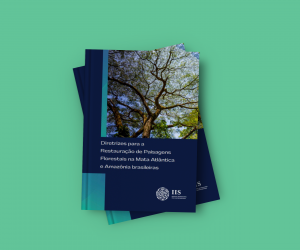
Guidelines for Forest Landscapes Restoration in the Brazilian Atlantic Forest and Amazon
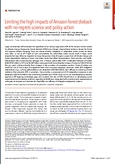
Limiting the high impacts of Amazon forest dieback with no-regrets science and policy action
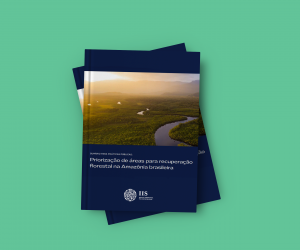
Summary for public policies: prioritizing areas for forest recovery in the Brazilian Amazon
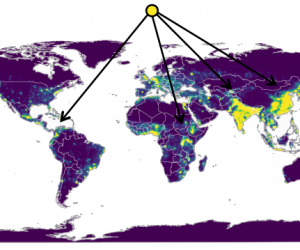
24.03.21
Rising deforestation puts amazon at risk of becoming virus hotspot

Identifying Priority Areas for Restoration: Amazon Biome

15.02.22

